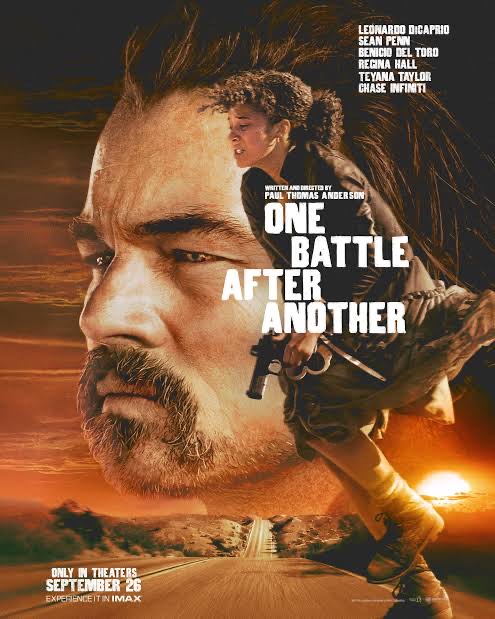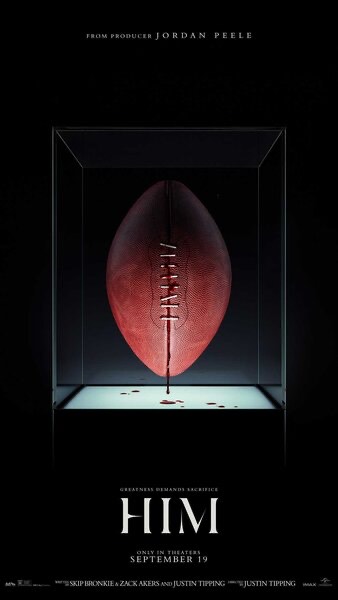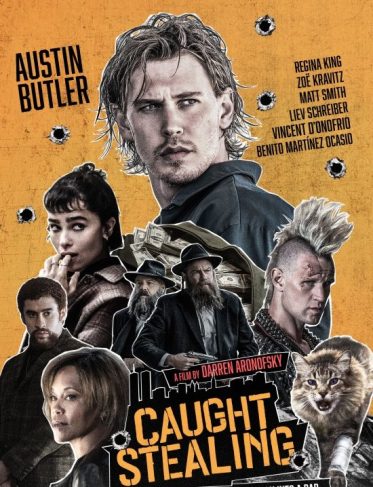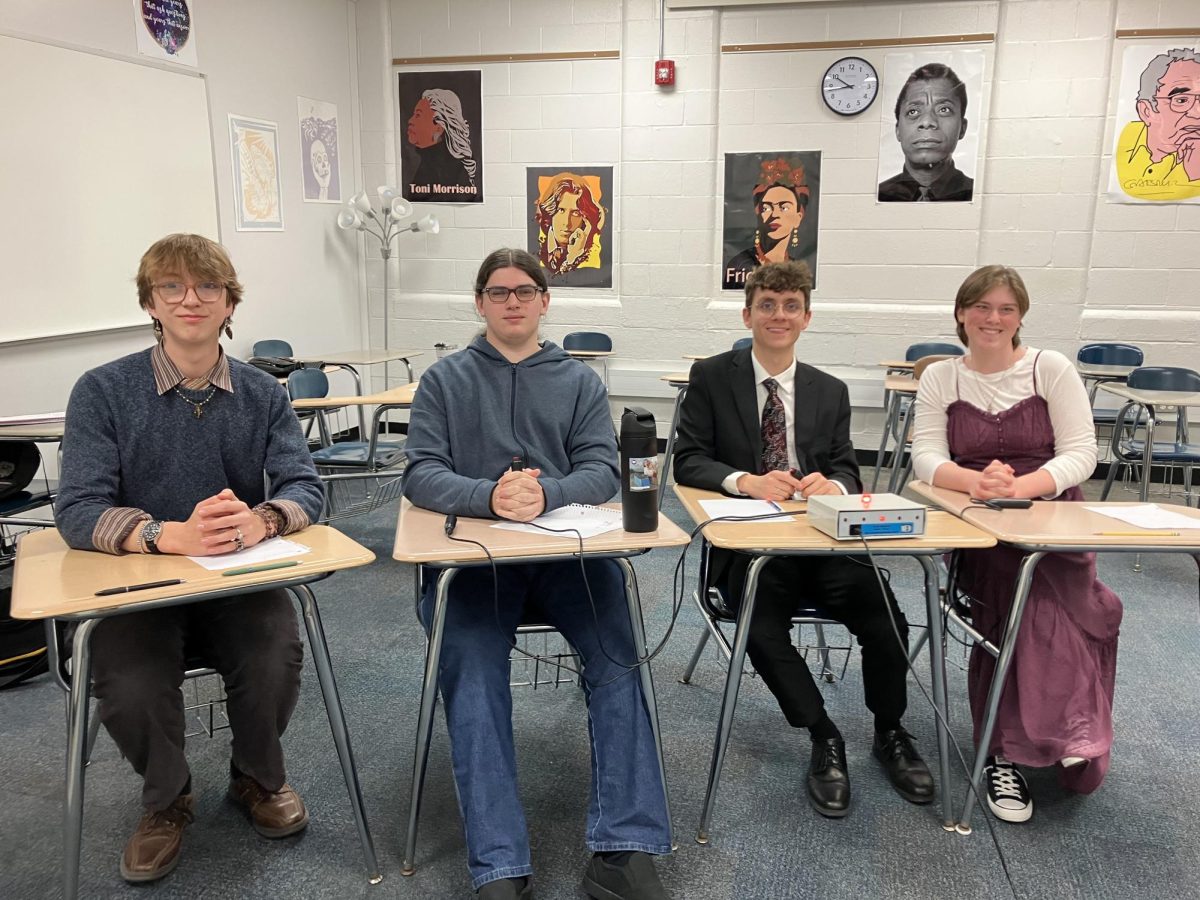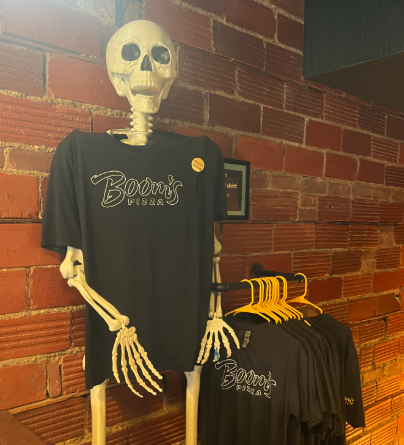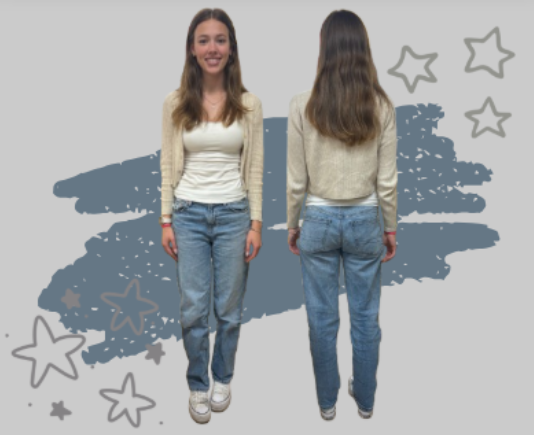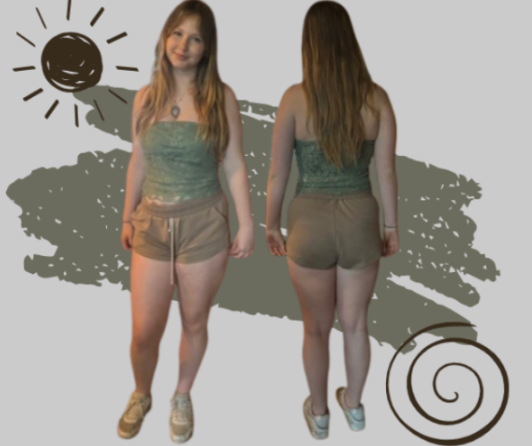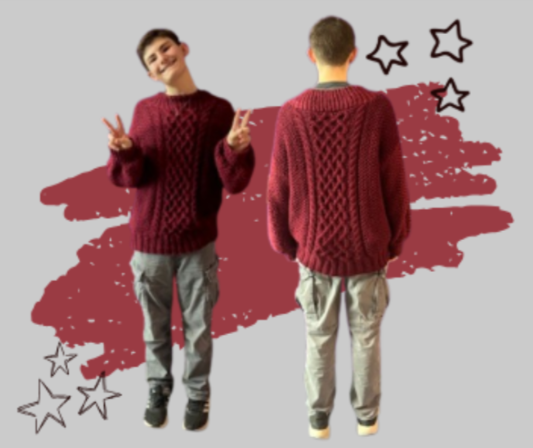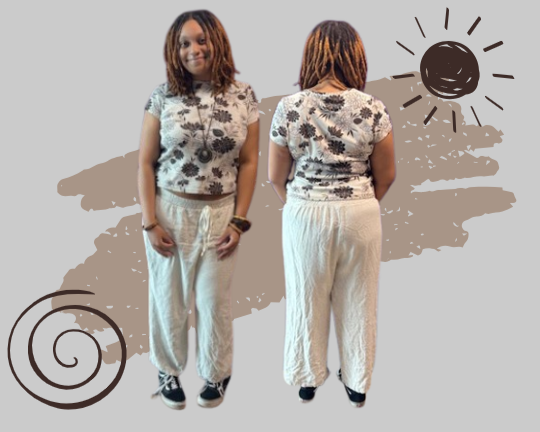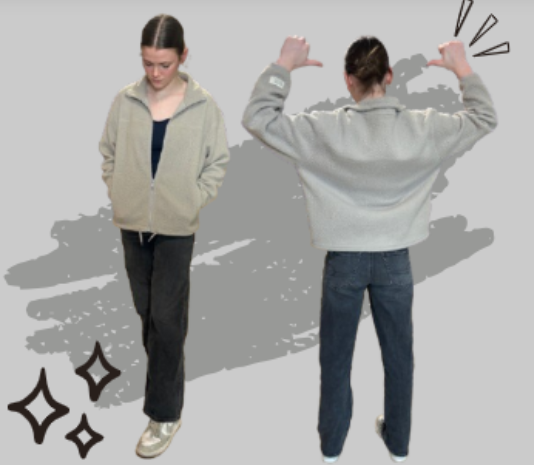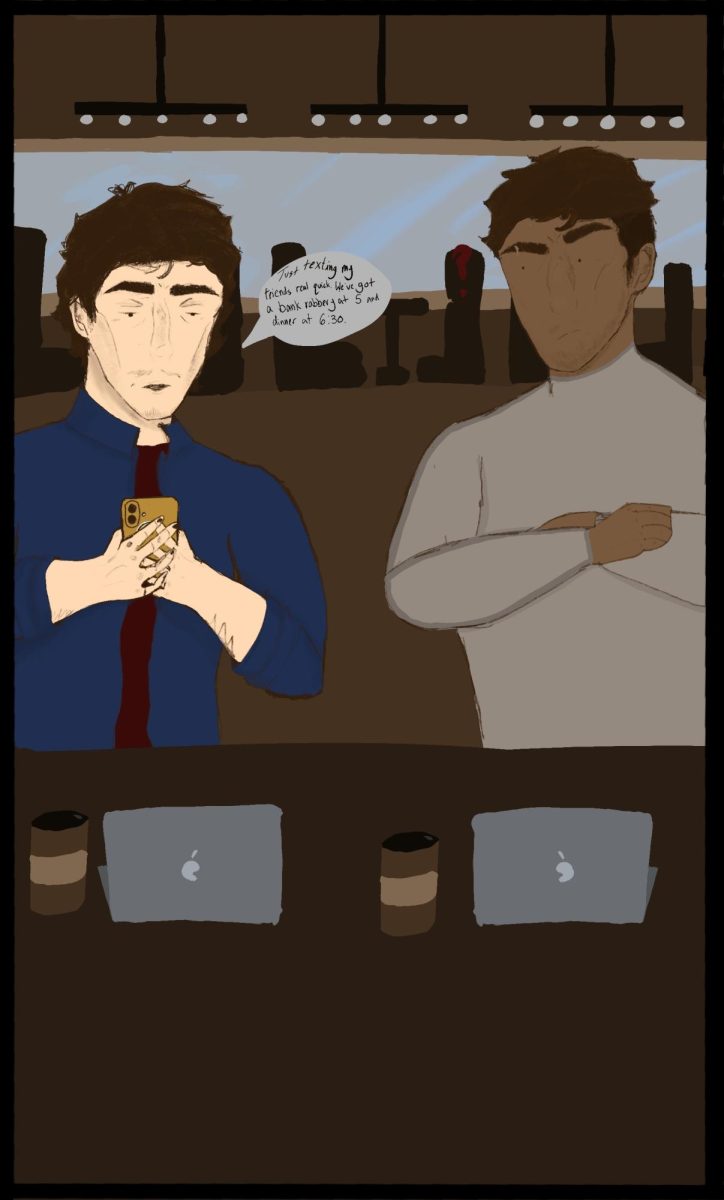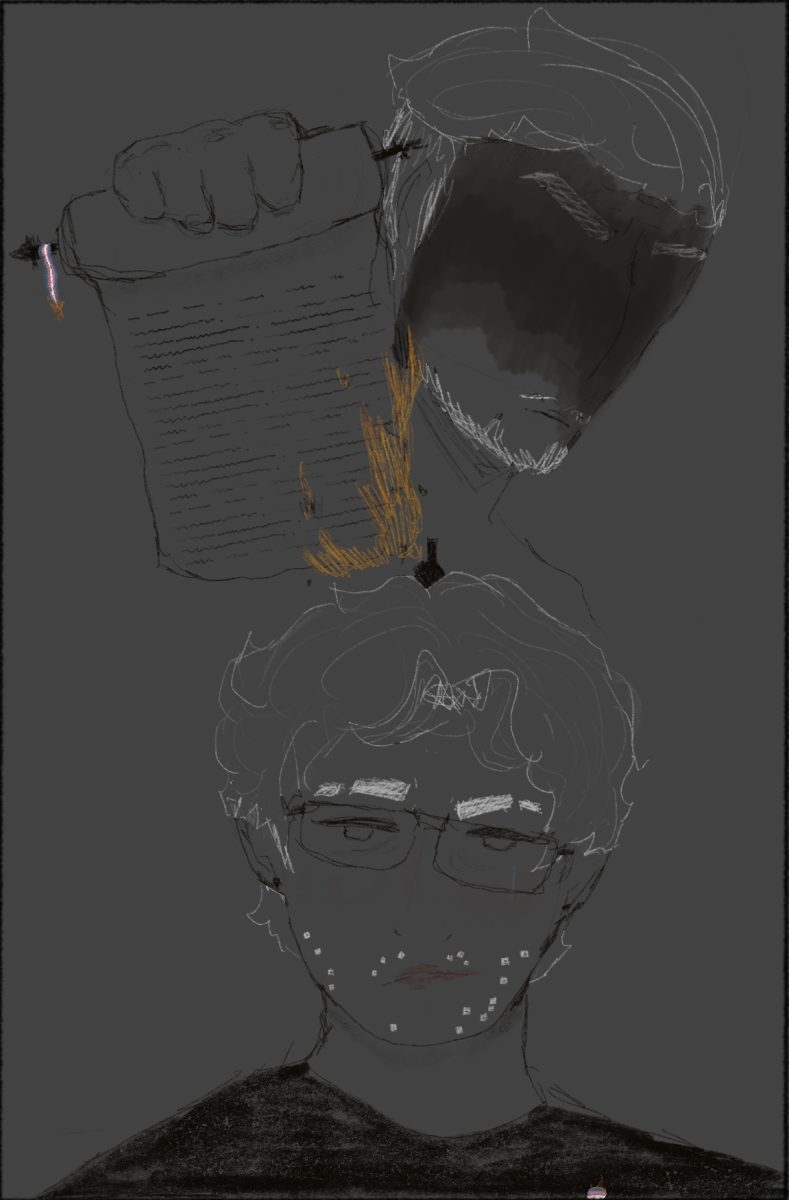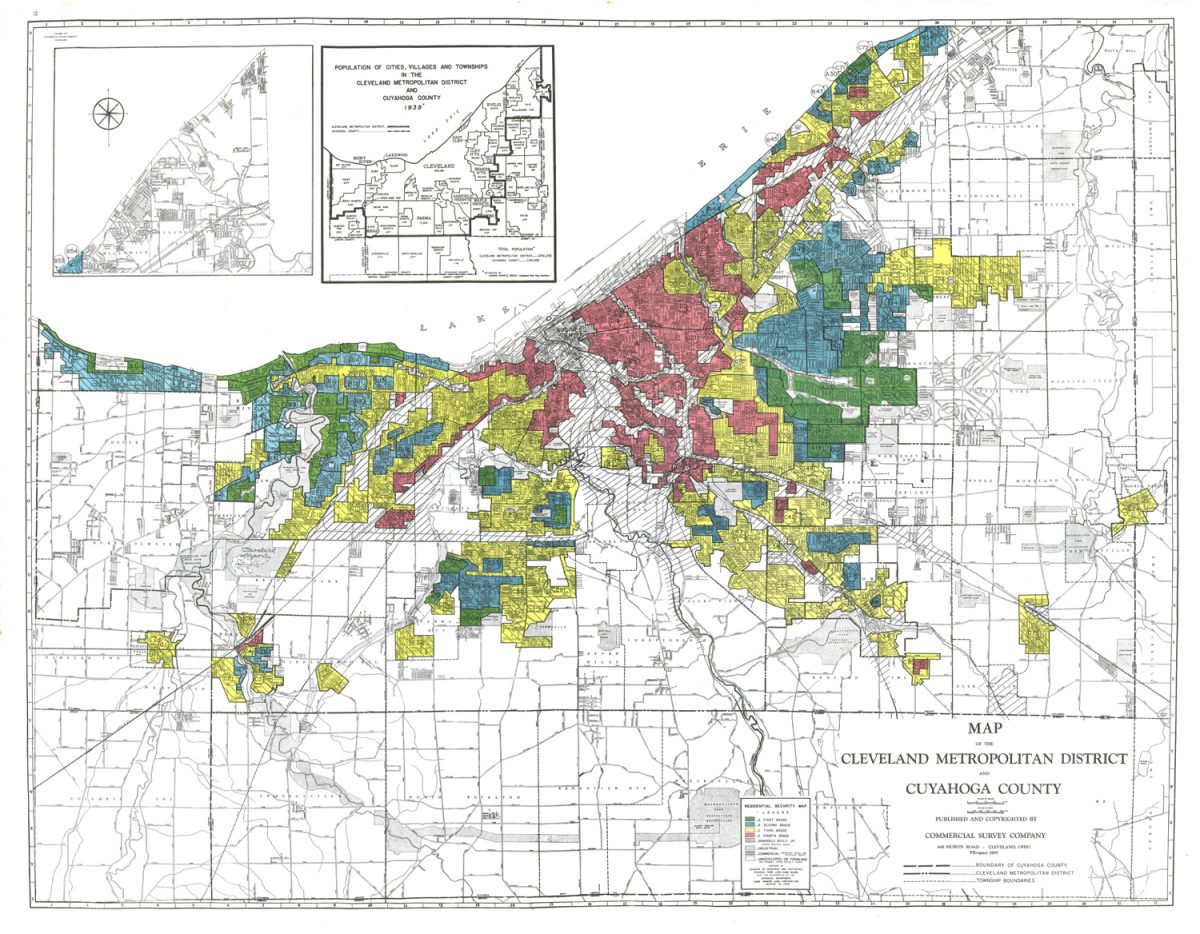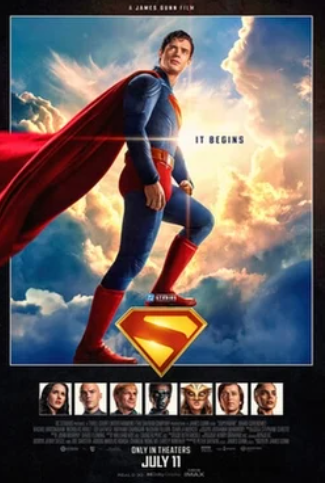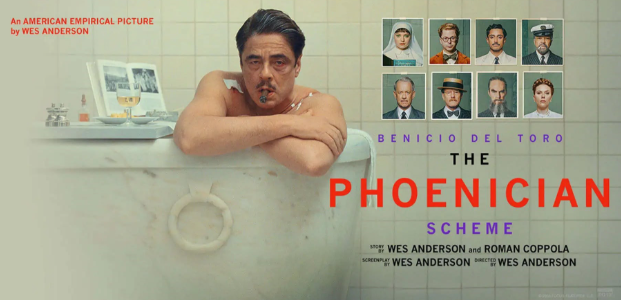Some of the most beloved film genres are sports movies and mafia films, but Darren Aronofsky’s 2025 film “Caught Stealing” is neither. The film follows Hank Thompson, a former high school baseball prodigy who reluctantly agrees to watch his neighbor’s cat — and gets caught up in a world of gangs and organized crime that turns his life upside down.
Austin Butler portrays Hank Thompson with such realism and heart that he fully disappears into the role by the end of the film. Butler brings a powerful emotional depth to the character—so much so that even without speaking a line, his facial expressions alone could bring a tear to the viewer’s eye. In addition to the protagonist, “Caught Stealing” features a diverse cast of both whimsical and deeply grounded characters, making the film’s world feel rich and lived-in from the moment the viewer enters the story.
The viewer is dropped into the story amid several significant relationships involving the leading characters. Chief among them is the relationship between Austin Butler’s character, Hank, and Zoë Kravitz’s character, Yvonne. Their on-screen chemistry steals the show every time they share the screen. The two actors convincingly portray a longtime couple who still struggle with vulnerability and expressing their true feelings. Though they clearly love and care for each other, they often have difficulty showing it in healthy ways.
Aside from the main couple, the film features a range of supporting characters and pairings that light up the screen. Matt Smith portrays Russ, Hank’s neighbor, who needs a cat babysitter while visiting his father. Smith delivers an exceptional performance, offering a touch of whimsy to a story otherwise grounded in reality. The most memorable supporting role is portrayed by Regina King, who plays Detective Roman, the officer helping Hank throughout the film. Roman’s character stands out as both nurturing and maternal at times, while remaining mysterious and forceful—a choice that exemplifies King’s striking performance.
Liev Schreiber and Vincent D’Onofrio play Jewish mobsters who are at the top of all of the film’s schemes. Though their screen time is limited, their presence is both humorous and menacing whenever they appear. Even before taking center stage in the third act, their influence is felt throughout the film—particularly through the fear they inspire in characters like Detective Roman and Colorado, played by Bad Bunny.
The film features a wide range of well-developed, realistic characters — even those portrayed as more whimsical or quirky feel like people who could exist in the real world. With a 1-hour, 47-minute runtime, the film could have easily felt either empty and lifeless or, conversely, overstuffed and confusing. Fortunately, director Darren Aronofsky uses small, subtle moments and details to develop the characters, their relationships, and the film’s larger themes.
One of the strongest examples of this is Hank’s relationship with Russ’s cat. At the start of the film, Hank insists he isn’t a cat person and wants nothing to do with the animal. But over time, without stating it outright, his growth is revealed through quiet, meaningful interactions with the cat—a simple but powerful way of showing character development.
Outside of Hank and Yvonne, the most important relationship in the film is between Hank and his mother. Although she appears on screen only once, her presence is felt throughout — through phone calls and references to baseball, particularly Hank’s connection to the sport and his failed career. Brief lines and subtle interactions with other characters help paint her as a fully realized figure despite her limited screen time. Her influence on Hank is clear and serves as a driving force behind the emotional core of his story in the film’s third act.
While the film is largely driven by its compelling characters, Darren Aronofsky’s directorial style makes it visually captivating throughout its runtime. Some might assume that a film set primarily in 1990s New York City would be visually limited, but Aronofsky transforms seemingly simple shots into emotionally rich and visually engaging moments. He achieves this through thoughtful use of lighting and framing — particularly during quieter, more mundane scenes — keeping the audience’s eyes glued to the screen even when the plot isn’t at its most intense.
Aronofsky’s use of color is another visual highlight of the film; each scene uses color in a way that perfectly fits the emotions that the story is attempting to evoke. Whether the scene is full of light and color or is more dull and dark, the visuals are masterfully crafted to make the audience feel a certain way. These factors, along with the deeply intriguing story, keep the audience’s attention throughout the film.
“Caught Stealing” is driven by a memorable cast of characters who feel grounded and realistic, even in the film’s most whimsical moments. Darren Aronofsky steps outside his usual niche to employ rich emotions, drama, and sharp characters throughout the film. With deeply layered characters and relationships that beautifully shape the narrrative, Aronofsky combines a compelling story with striking visuals to hold the audience’s attention throughout, delivering a satisfying final product that many audiences are sure to enjoy.

















